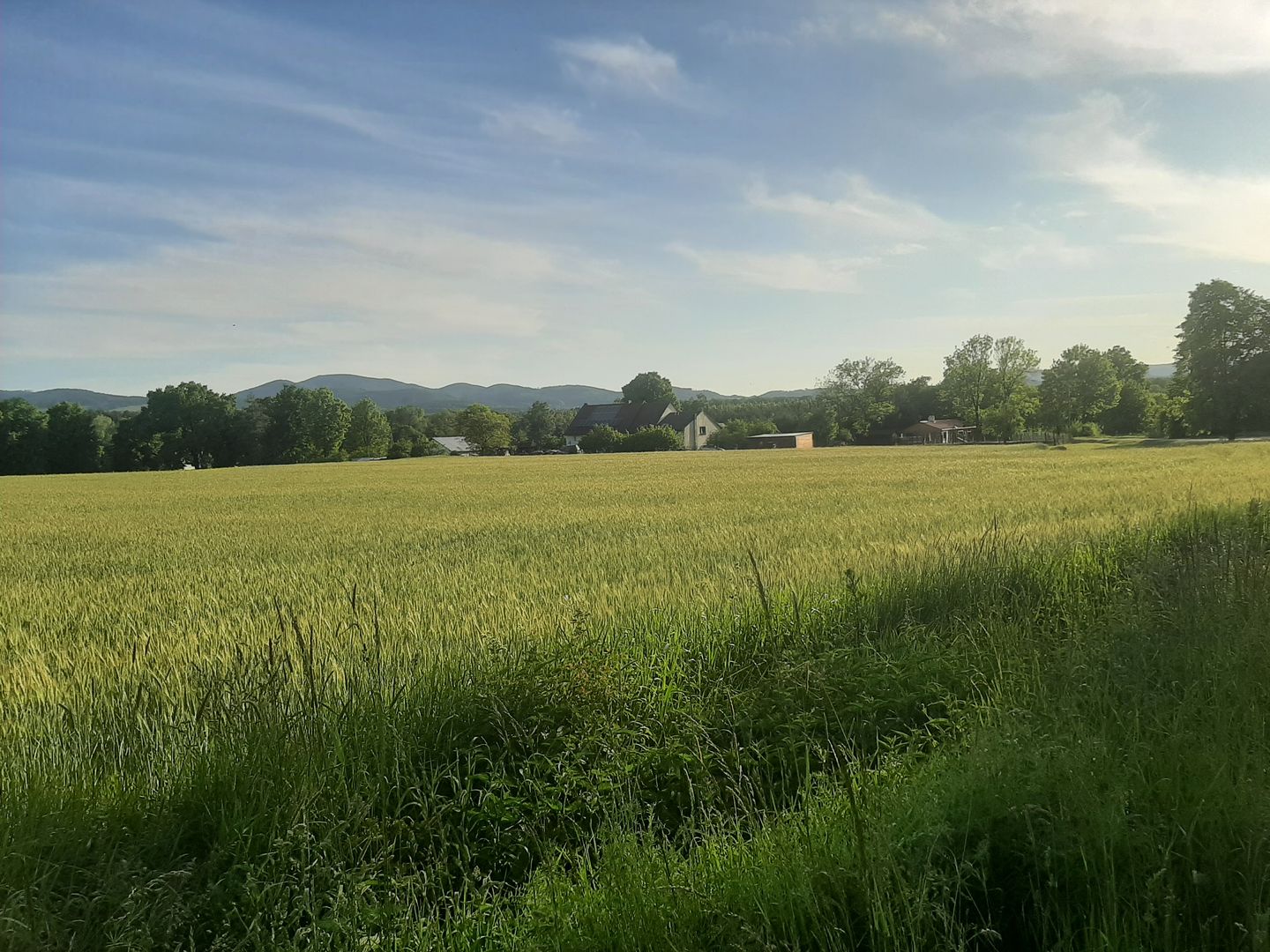Błotnica
6.43

Overview
Błotnica, a village located in the Lower Silesian Voivodeship, in the Ząbkowice Śląskie County, is a place rich in history and attractive to tourists thanks to its scenic cycling routes, such as the Main Sudeten Trail or EuroVelo Route 9. The name of the village comes from the Old Slavic word "błoto" (mud) and indicates its marshy location. The history of Błotnica dates back to medieval times, when the village was known for fish farming in its extensive ponds. The first mentions of the settlement come from 1293. In the 16th century, Błotnica became the property of the Cistercian Order and gained importance due to work on fish ponds. In 1828, one of the oldest porcelain manufactories in Lower Silesia was established in the village, which over the years produced, among other things, porcelain pipe stems. The manufactory passed through various owners, employing up to 125 workers at its peak and producing goods famous throughout the region. After the business collapsed in the 1890s, the plant was taken over by Hermann Güttler, who transformed it into a paint factory. It is worth mentioning the figure of Marianna Orańska, who, after her mother's death, inherited the Kamieniec estate, including Błotnica, which adds an additional cultural dimension to this place. Today, Błotnica is an area rich in nature and old buildings, although none of the structures are listed in the register of monuments. In the area, remnants of a medieval stronghold and several 19th-century chapels have been preserved, which may attract lovers of history and architecture. Surrounded by picturesque forests and water bodies, Błotnica is an attractive place for recreation and relaxation, especially for nature lovers and active tourism enthusiasts.
Location
2025 Wizytor | All Rights Reserved